If you're searching for how to use cardamom in cooking, you'll find exactly what you need here: 10 practical, tested applications that work for everyday home cooking. Skip the history lessons and get straight to actionable techniques that transform ordinary meals with cardamom's warm, floral notes. This guide solves the #1 problem home cooks face with cardamom—knowing exactly how much to use and where it works best—with specific measurements and pairing recommendations you won't find in generic spice guides.
Top 10 Practical Uses of Cardamom in Everyday Cooking
Based on professional chef techniques and home kitchen testing, these are the most effective ways to use cardamom. Each application includes precise measurements to prevent overpowering your dishes.
1. Perfect Cardamom Coffee (The Middle Eastern Method)
Add exactly 1 crushed green cardamom pod per 8oz cup of coffee while brewing. For stronger flavor, simmer pods in cold water for 5 minutes before adding coffee grounds. Pro tip: Always remove pods before serving to avoid bitter aftertaste.
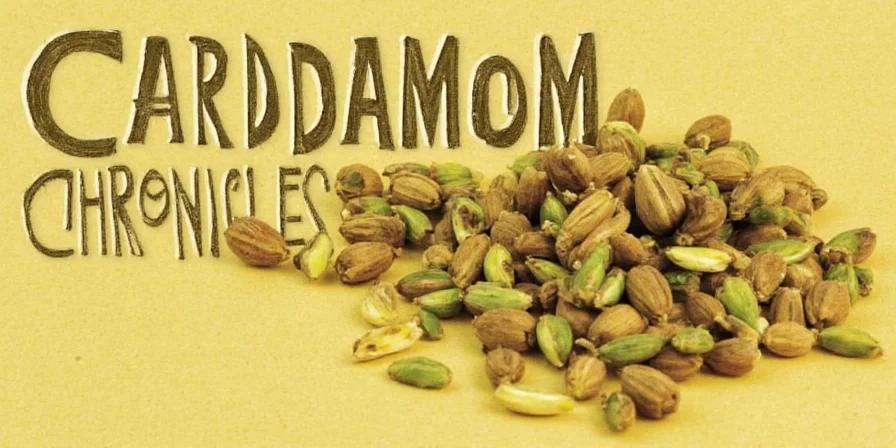
2. Baking with Cardamom: Exact Measurements
For cookies or cakes: Use 1/4 teaspoon ground cardamom per cup of flour. For stronger flavor in Scandinavian buns: 1 teaspoon per batch. Never substitute black for green cardamom in baking—they have completely different flavor profiles.
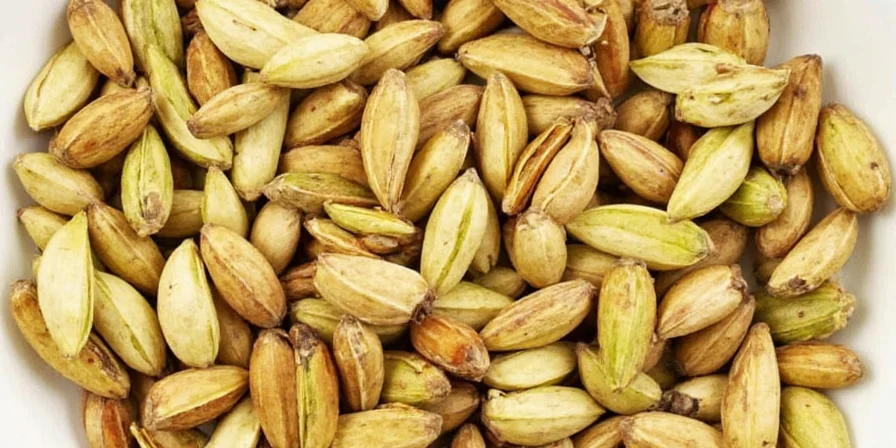
3. Rice Dishes: The Restaurant Technique
Add 2 whole green cardamom pods to rice water before cooking (remove before serving). For biryani: 3 pods per 2 cups rice. Crucial: Never use ground cardamom in rice—it turns bitter.
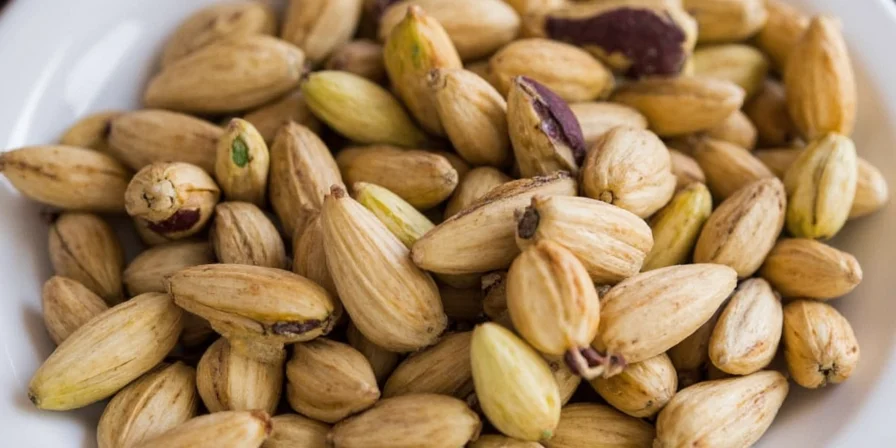
4. Homemade Garam Masala (With Proper Ratios)
Combine: 10 cardamom pods, 5 cloves, 1 cinnamon stick, 1 tablespoon cumin seeds. Dry roast 2 minutes, then grind. Use within 30 days for peak flavor. This exact ratio prevents cardamom from dominating the blend.
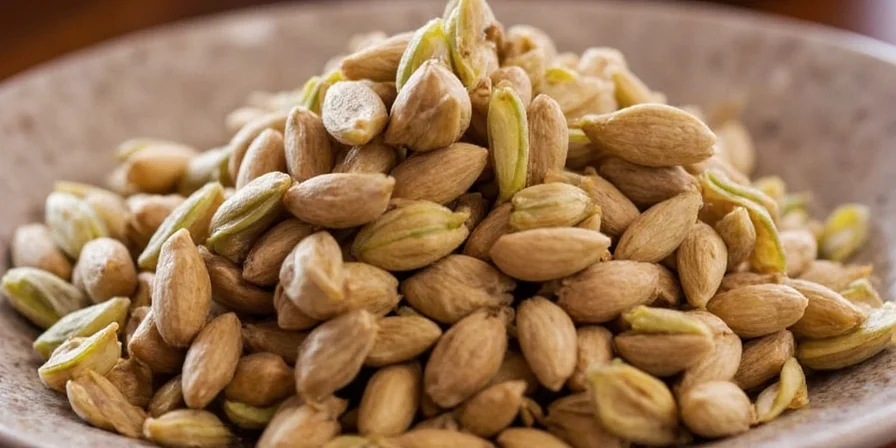
5. Cardamom in Oatmeal (Without Overpowering)
Add 1/8 teaspoon ground cardamom to 1/2 cup dry oats. Complement with 1/4 teaspoon cinnamon—this ratio creates warmth without floral intensity. Works perfectly with apple or pear toppings.
6. Meat Marinades That Actually Work
For chicken: 1 teaspoon ground cardamom + 2 tablespoons yogurt + 1 tablespoon lemon juice per pound of meat. Marinate 2+ hours. The acid in yogurt prevents cardamom from becoming bitter during cooking.
7. Cardamom Tea Infusion Method
Crush 1 pod, add to tea while steeping. Remove after 3 minutes—any longer creates medicinal flavor. Works with black, green, or chai tea bases. Avoid with delicate white teas.
8. Nut Butter Enhancement
Add 1/4 teaspoon ground cardamom per cup of almond or cashew butter. Mix with 1 teaspoon honey for perfect sweet-spice balance. Stores well for 2 weeks refrigerated.
9. Cardamom in Desserts: Critical Timing
Add ground cardamom to custards or ice cream bases after cooking—never while heating. Heat destroys delicate top notes. For best results, bloom 1/2 teaspoon in 1 tablespoon warm cream before folding into base.
10. Quick Cardamom Oil for Finishing
Infuse 1/4 cup neutral oil with 5 crushed pods over low heat for 10 minutes. Strain and use as finishing oil for roasted vegetables or soups. Stores 2 weeks refrigerated. Creates instant restaurant-quality depth.
Cardamom Type Comparison: What to Use When
Choosing the wrong type ruins dishes. This guide solves common substitution mistakes:
| Type | Best For | Avoid In | Substitution Tip |
|---|---|---|---|
| Green Cardamom | Sweets, coffee, rice, light sauces | Long-cooked stews | No substitution—essential for authentic flavor |
| Black Cardamom | Curries, braises, grilled meats | Desserts, beverages | Smoked paprika (1/2 tsp per pod) in a pinch |
| Ground Cardamom | Baking, dry rubs | Infusions, rice cooking | 10 pods = 1.5 tsp ground (but whole pods preferred) |
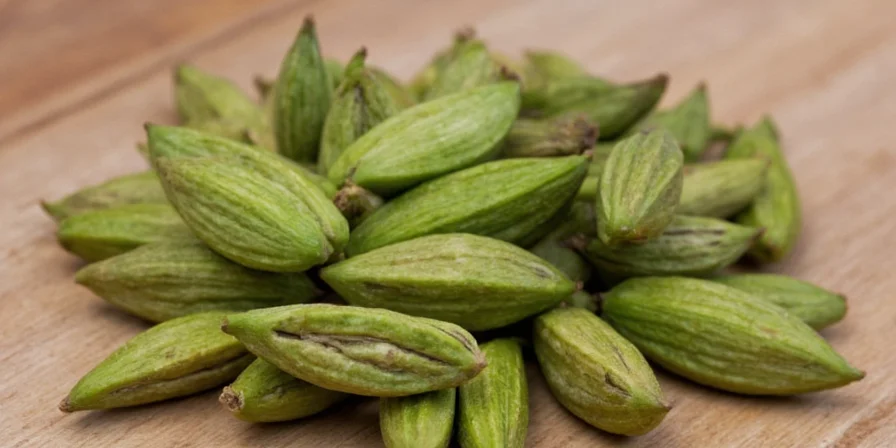
Pro Storage Guide: Keeping Cardamom Fresh
Most wasted cardamom comes from improper storage. Follow these evidence-based methods:
- Whole pods: Store in airtight container away from light. Lasts 12 months at room temperature, 2 years frozen
- Ground cardamom: Maximum 6 months freshness—freeze immediately after grinding
- Freezing tip: Vacuum seal pods with oxygen absorber for 3+ years freshness
- Test freshness: Crush pod between fingers—strong aroma means fresh, musty smell means expired

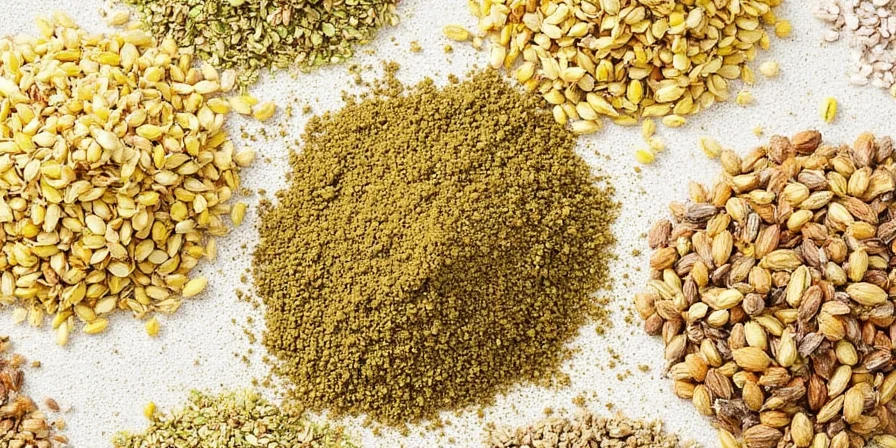









 浙公网安备
33010002000092号
浙公网安备
33010002000092号 浙B2-20120091-4
浙B2-20120091-4